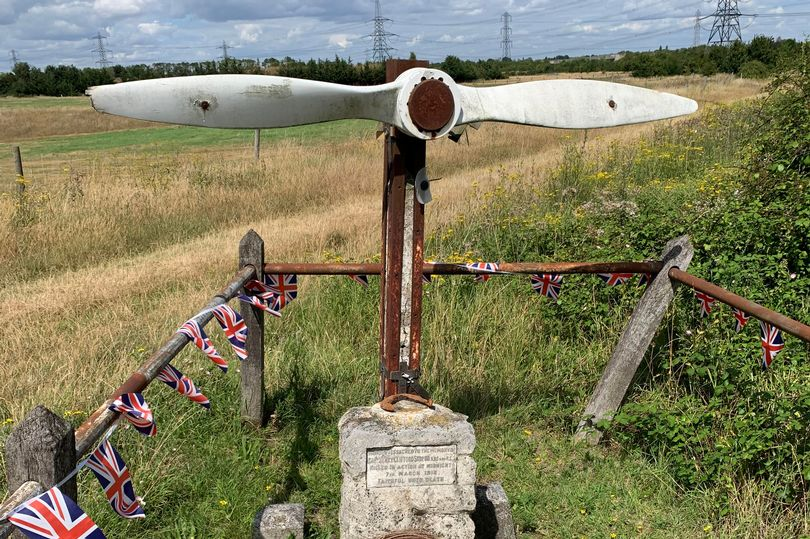A touching memorial to 2 World War I pilots who died in a tragic mid-air collision can be found in the county of Essex, England.
Dollymans Farm, Wickford is the location of a propeller attached to a post. As covered by Essex Live late last year, it was erected where the A130 road runs today.
However, the memorial only presents part of the story. There are actually 2 memorials. Both originally had propellers, though according to Historic England one is missing.
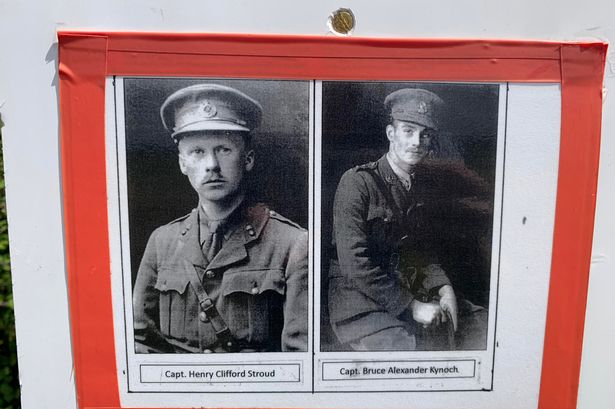
Who do the makeshift crosses pay tribute to? On the night of March 7th 1918, Capt Henry Clifford Stroud, No 61 Squadron of the Royal Flying Corps, took off from Rochford, Essex.
Meanwhile, Capt Alexander Bruce Kynoch RFC of No 37 Squadron left Stow Maries airfield elsewhere in the county.
They’d been alerted to the presence of a Gotha G.V. This heavy bomber was piloted by Germans and its destination was reportedly London. Capt Stroud and Capt Kynoch were charged with intercepting the enemy.
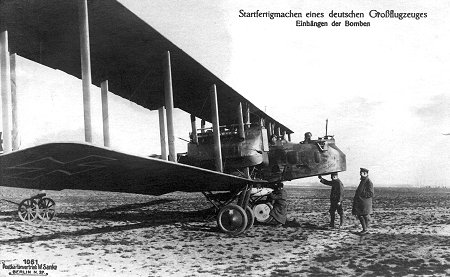
The men never got that far. Their planes collided over Wickford at approx midnight, writes Historic England.
How did it happen? Aside from dark skies, the tragedy is “thought to have been caused by bad weather conditions as other planes that night had been grounded due to the weather” write Essex Live.
At Great Fanton Hall in the village of North Benfleet, the crash was witnessed by William Woodburn Wilson. He was a “gentleman farmer” as mentioned by the Wickford Community Archive.
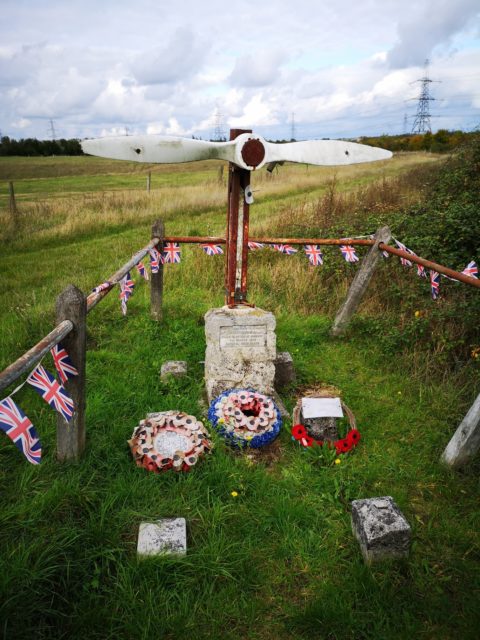
Accompanied by Jean, his sister, Wilson headed for Shotgate and the area of Dollymans Farm. They became the first to reach the crash site. It’s Wilson the landowner who decided to put up the pilots memorials, incorporating the propellers into the design.
Historic England refers to a 1960 letter written by Jean Woodburn Wilson, published in Essex Countryside magazine. Her brother apparently sold the land but stipulated the memorials be left undisturbed.
Unfortunately, vandals don’t care about such instructions. Capt Stroud’s propeller remains in 2021, though it’s far from the original.
The exact time the memorials were built isn’t known. It is believed to be circa 1920. As described by Historic England, Capt Stroud’s plot features a granite plinth with inscription. Positioned in front of the propeller and post, it carries the words “FAITHFUL UNTO DEATH”, alongside brief details of what happened.
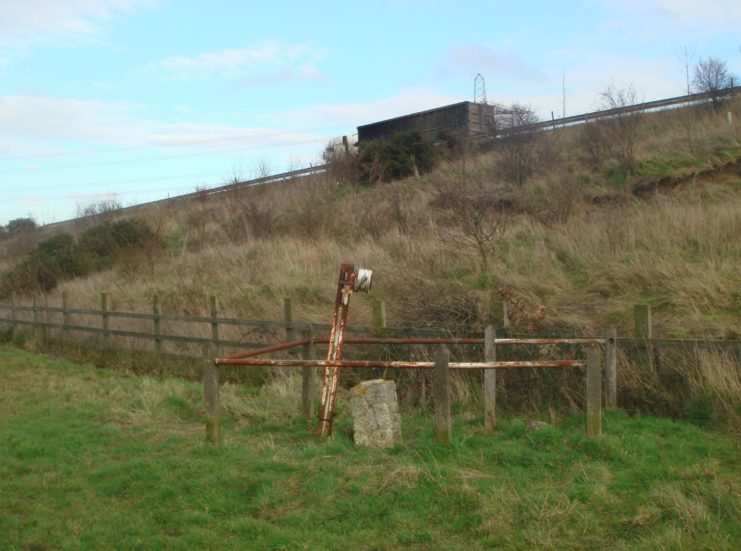
Surrounding the pilots memorial are metal railings joined by 6 wooden posts. This protective measure may have been added decades later.
Capt Kynoch’s memorial is similar, though his age is specified on the inscription – just 24. 6 concrete posts hold the rails in place. The 2 tributes are 250 m away from each other.
The Wickford Community Archive writes that Capt Stroud hailed from Newcastle upon Tyne and joined the RFC in 1916. He was buried at St Andrew’s Church in Rochford, where another memorial can be seen.
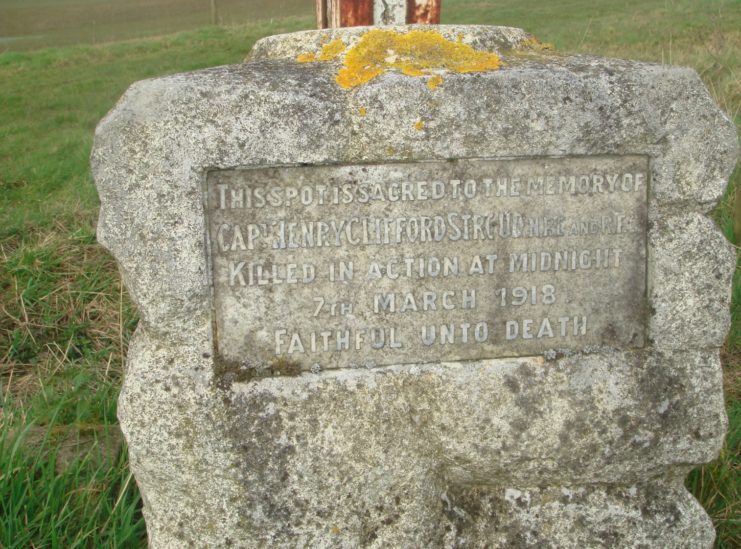
Historic England states he suffered serious leg injuries as a Lt at the Western Front. He received the 1914-15 Star.
Historic England writes: Two memorials were erected around 1920 marking the spot where each pilot was found by William Woodburn Wilson of nearby Great Fanton Hall in North Benfleet who, accompanied by his sister Jean, was the first to arrive at the scene of the fatal crash.
It is believed that Mr Wilson erected a nine-foot cross at each memorial, and each of the monuments is shown as a ‘Cross’ on the 1922 and 1939 Ordnance Survey (OS) maps. It appears these ‘crosses’ were formed of the propellers of the crashed planes, as Mr Wilson’s sister Jean referred to them as ‘propeller memorials’ in a letter published in Essex Countryside magazine in January 1960.
The Archive reports Capt Kynoch entered the Flying Corp following action in Gallipoli, Egypt and Macedonia. While he was born in Essex, his grave is near the former family home in North Finchley – St Pancras & Islington Cemetery, as mentioned by Historic England.
The site also notes the enormous scale of commemoration post-World War I. This unprecedented move came because of “the huge impact on communities of the loss of three quarters of a million British lives”. An “official policy of not repatriating the dead” led to communities honoring the fallen who wouldn’t be returning home in their own way.
Another Article From Us: Movie ‘Devotion’ about Korean Conflict Heroes Jesse L Brown & Thomas J Hudner Jr Starts Shooting
The memorials at Dollymans Farm are Grade II listed. Hopefully they will still be standing in another century’s time…
